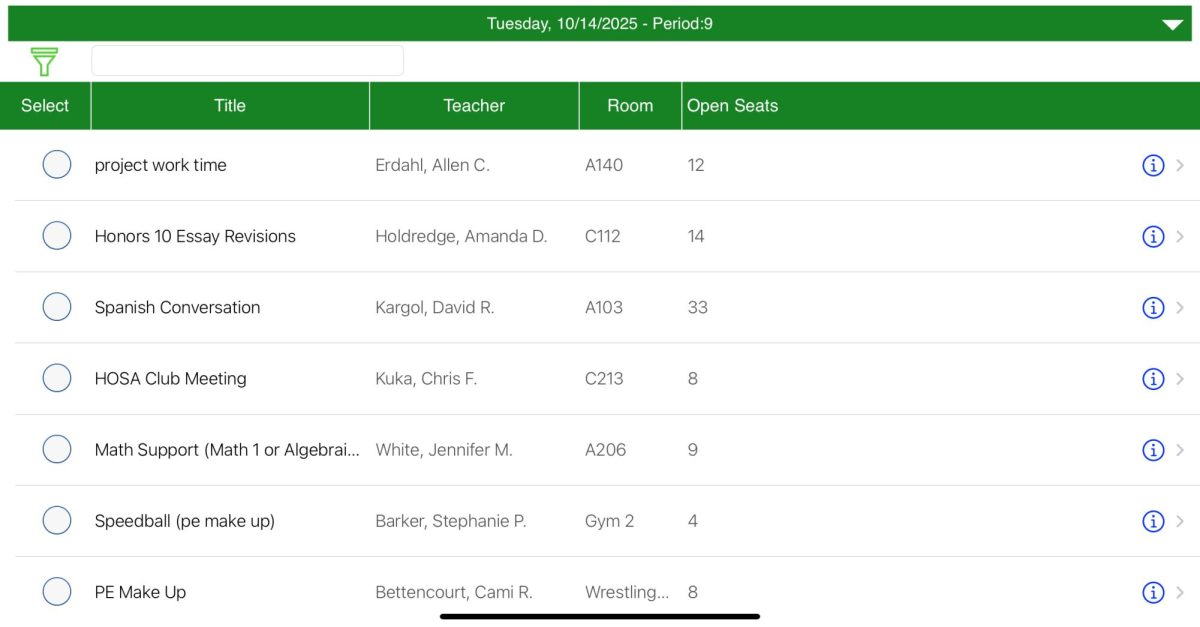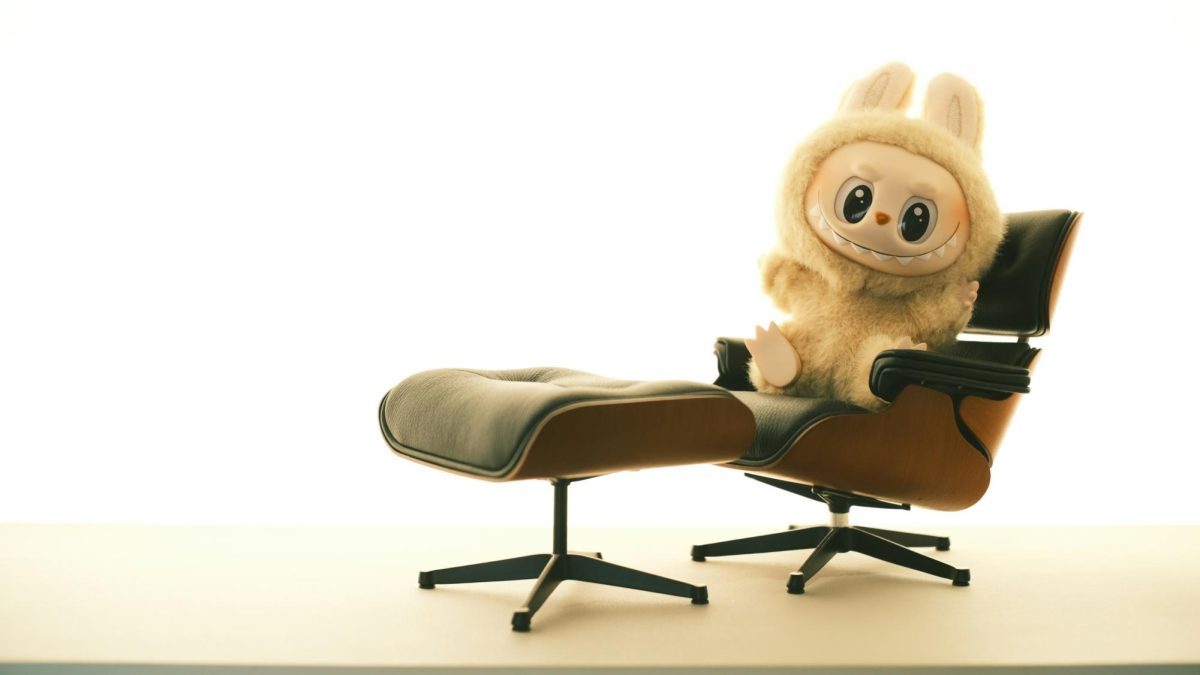The Rise of the Gym Rat
Love brings pain but the gym brings gains
“Chase dreams, not girls.”
After posting a video taken of himself yesterday—dropping the loaded deadlift bar and walking away—with the above caption, @bangerbod checks his hair in the mirror on the way out of his room, sprints downstairs, chugs an odd-tasting vanilla protein shake, and speeds to the gym, all before the clock strikes 5 am. His Instagram bio reads “tunnel vision.”
In his next post, the high-school bodybuilder wannabe sits on a lifting bench in his muscle tank, sipping water as the audio shouts, “I did nothing but love.” Captioned, “real gym rats felt this pain.”
And another: a dimly lit video in which he seems to have misplaced his shirt, showing off abs and biceps in what looks like the C-hall bathroom. The post reads: “Why are people pissing in the posing room?”
Though @bangerbod isn’t a real person, all of the above captions are real. What appears here is common among the new breed of “gym rats” that have dominated your feed.
It’s become increasingly common to see at least a couple gym posts on any given day while scrolling through Instagram and TikTok. For months, many of us scrolled past these videos, using a rather diligent “ignorance is bliss” mindset. But as the amount of gym clips proliferates, such obliviousness cannot continue. It’s time to face the music.
A little bit of background: During quarantine, many of us developed odd hobbies to distract ourselves from the fact that the entire world was shut down. One of these obscure activities happened to be broadcasting workout videos on social media. Many hopped on this trend, and the term “FitTok”quickly gained traction both inside and outside the weight-lifting world. As gyms began to open up in late 2021 and early 2022, the community grew even more rapidly, not only on TikTok, but Instagram, Snapchat, YouTube and Twitter.
And Summit was not immune to this cult of iron.
But what exactly does “gym culture” involve?
GYM CULTURE
On average, the gym culture participants interviewed—Mia Mees, Bricen Sargent, Kaylee Nystrom, Nate Martin, Sadie Lindemann, Bram Gerken and Henry Sullivan—said they spent over 15 hours at the gym each week. The general consensus was that they workout six out of seven days, meaning that around a fifth of their time awake is spent at the gym. More than half of the teens interviewed confirmed that they participated in dieting, usually high-calorie diets to “bulk up,” a process of growing muscle while gaining weight.
“For eight months I force-fed myself 4,500 calories a day and 200 grams of protein to gain 50 pounds,” said junior Henry Sullivan.
For reference, experts recommend active male teens consume around 3,000 calories per day. Protein intake for the same group should be around 52 grams. Consuming too much protein can tax the kidneys and predispose individuals to heart disease. However, Sullivan’s protein consumption is four times the recommended amount. While it seems questionable, he believes this process has paid off. “…i reached my goal on weight gain [and now] i am eating in a small caloric deficit and fasting in the morning with only clean calories to lose body fat,” said Sullivan.
There are, however, some downsides to being so dedicated to this intense lifestyle. Many lifters described harmful behaviors within the culture, but only in extreme circumstances.
“The main ones would be injuries from over-training, body dysmorphia and when you get into really serious bodybuilding,” said Sullivan.
Body dysmorphia caused by muscle insecurity has become increasingly common and is often referred to as Bigorexia. The New York Times recently described this phenomenon as “a form of muscle dysmorphia exhibited mostly by men and characterized by excessive weight lifting, a preoccupation with not feeling muscular enough and a strict adherence to eating foods that lower weight and build muscle.” Luckily, none of the interviewees claimed to be negatively affected by dieting, nor did they report viewing themselves in a negative light.
“There are always unhealthy behaviors but it’s always optional,” said junior Bricen Sargent.
The drive to continue this gym lifestyle? Answers varied, but some of the most insightful included the following.
“I don’t have motivation. Discipline,” said junior Nate Martin.
“Lift big, get big. Get big, look better,” said Sargent
POSING AND POSTING
Much of the incentive to maintain a regular gym schedule also came from several social media influencers, whose content mainly consisted of gym videos and motivational messages.
“They definitely did inspire and motivate [me],” Sargent said. Some of these videos, in fact, so heavily inspired some lifters that they decided to make accounts or posts of their own. This included four of the interviewees, all with their own social media profiles that focused specifically on lifting.
Several accounts included inspirational messages to encourage others to either start or keep lifting regularly. Some posts, however, included some controversial messages.
“Till failure, or I am a failure,” read one video. Another was captioned “bring back masculinity.”
Oh, and not to mention, there were several videos advising the audience to give up romantic pursuits and hit the gym instead. “2% chance of your high school relationship lasting. 3% of you being a multimillionaire” and “hate is gonna take you further than love. Use it as fuel,” were some of the most notable quotes.
These were just some of many posts, encouraging full dedication to gym culture, toxic masculinity, negative self-talk, and a “look out for number one” mindset.
Where did these negative views come from? Some of the other lifters interviewed seemed to have a different take than the ones mentioned above, and even talked about these videos.
ALTERNATIVE GYM LIFESTYLES
“Gym bros are annoying on the internet, like you have to like, have your heart broken to be strong,” said junior Mia Mees. “I think, it’s more about being healthy, being your most authentic self, instead of that.”
Another individual described that their desire to create a platform stemmed from wanting to bring more people into the gym community.
“I like encouraging people, especially girls, because there’s not a lot of girls that like to lift,” said junior Sadie Lindemann
Interestingly enough, these individuals also had motivations that differed from the aforementioned.
“I think it’s just wanting to keep strong, wanting to stay healthy, wanting to stay fit,” said senior Kaylee Nystrom. “I think the more you get into it, the more that you find you love it because you just feel good.”
This feeling was described as a sort of post-workout euphoria.
“After a big workout, you feel very successful and, there’s like an endorphin rush. You know, it just feels good to finish a workout and see immediate improvement,” said freshman Bram Gerken.
It’s important to be familiar with this side of working out, and to know that attending the gym routinely isn’t always in pursuit of testosterone and bodybuilding like it’s often made out to be.
INTERPRETATION
What are people to think of this lifestyle? Should we be condoning this passion?
“…I’d rather have kids in the gym, lifting, taking pictures and posting everyday whether some people think it’s gross or not,” said Summit weights teacher Jaime Brock, explaining that this was preferred to teens spending their time partying, vaping, and living a sedentary lifestyle.
While gym culture may be a confusing concept for some, when done the right way, having a passion for lifting and fitness can be very beneficial. The shirtless poses and cheesy audios seem to be a worthy sacrifice to keep teens prioritizing fitness and wellness over more dangerous activities.

The wild Iben has recently been spotted in the Pinnacle news room. Reports from local journalists describe that the beast has been spending all of her time underwater, listening to music, and watching...




































Gnarly Arlie • Jan 6, 2023 at 11:54 am
Honestly, there are bigger issues in the school than kids being self confident and working towards their goals and developing a good work ethic.